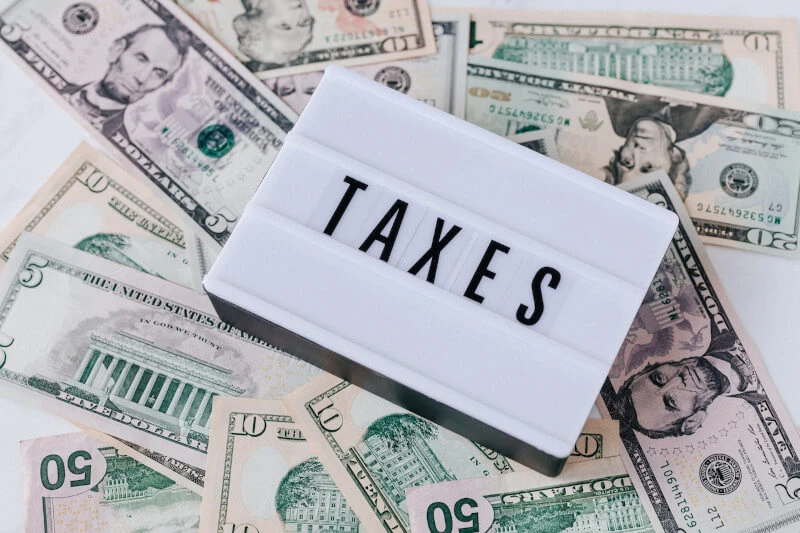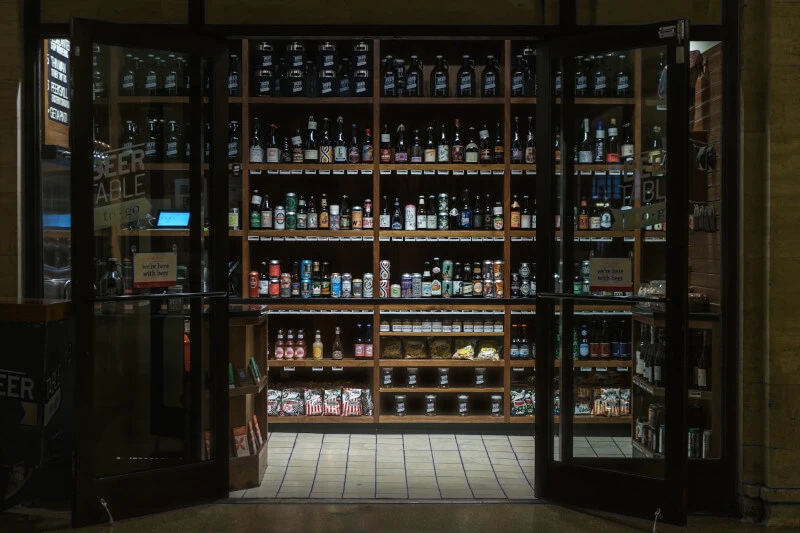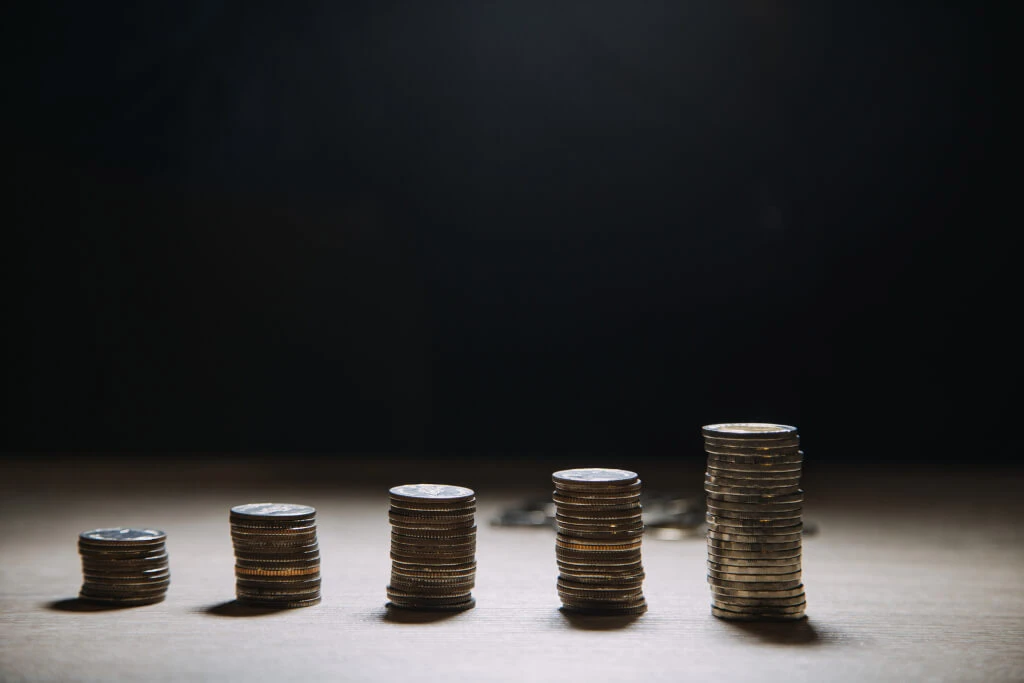In recent years, consumers have been voicing a shared concern: the steadily rising prices of their favored spirit. As whisky has gained global recognition and adoration, its price tag has, in some instances, soared considerably. The reasons are manifold and intertwined.
Demand Drives the Dollar Up
International Needs
Asia’s emerging market, with a particular emphasis on China, has showcased a burgeoning appetite for luxury whiskies. As international demand spikes, limited supply reserves, especially for aged statements, are put under pressure.
Collector’s Market Explosion
Certain whiskies, previously savored in glasses, now find themselves sealed and showcased. As whisky becomes a collectible item, akin to fine art or vintage cars, prices for certain sought-after bottles have skyrocketed.
Cost of Production
Whisky isn’t just about aged grains and water. Behind every bottle, there’s a story of craft, time, barrels, storage, marketing, and branding. Each component adds a dollar value.
Aging Isn’t Just Time, It’s Money
A 15-year-old whisky has costs stretching back a decade and a half. Storage, potential evaporation losses (often referred to as the “angel’s share”), and inflation collectively push prices up.
Craft Distilleries & Niche Products
As the whisky market diversifies, more artisanal and craft producers are emerging. Often, these distilleries produce in smaller quantities, leading to higher costs per bottle.
Is Consumer Behavior About Quality over Quantity?
Some argue that consumers have shifted towards appreciating quality over quantity. The modern whisky lover might opt for one pricier bottle over two or three mid-range alternatives, driven by a pursuit of unique tasting experiences or niche brands. This trend towards premium products offers distilleries a chance to position their products at a higher price point.
The question remains: Do you pursue quality at a higher price, or do you prioritize quantity to get more for your buck? This is more than a personal choice; it mirrors a broader trend in consumer behavior that distilleries are closely watching.
Recent market analysis shows an interesting trend in American whiskey purchases. According to the Distilled Spirits Council of the United States (DISCUS), super-premium bourbon sales volumes grew by a whopping 10.3% in 2019. This implies that a significant segment of consumers, possibly including you, are gravitating towards pricier, premium options.
For many like you, whisky is not just a drink but an experience. A study from the University of Louisville found that 30% of surveyed bourbon consumers considered themselves ‘collectors’. This means they’re not just buying to consume; they’re looking for unique bottles, limited editions, or rare finds, regardless of the price.
The modern whisky enthusiast, perhaps someone like you, is paying for the spirit, its story, the craftsmanship, and the experience. A report by Nielsen highlighted that 56% of millennials are willing to pay higher prices for products that offer unique or novel experiences. This could involve distillery tours, artisanal production methods, or even the history of the brand.
The Social Media Effect Through Showcasing the Best
Your social feed might be filled with images of whisky enthusiasts showcasing their latest premium acquisitions. Platforms like Instagram have become pivotal in shaping purchasing habits. A 2018 study by Altagamma noted that consumers, influenced by social media, are more inclined to buy fewer items but of higher quality. It’s not about having many bottles, but about having ‘that’ bottle.
In today’s digital age, before you make a purchase, you probably check reviews, watch tasting videos, or read expert blogs. According to a survey by BrightLocal, 91% of 18-34-year-old consumers trust online reviews as much as personal recommendations. This vast resource of information can guide you towards quality over quantity, as premium whiskies often garner more attention and detailed reviews.
Taxation and Regulation

American Perspective
In the U.S., spirits, including whisky, are often subject to higher tax rates than beer or wine. This financial burden, though not the sole factor, undeniably contributes to higher shelf prices.
European Insights
Europe faces its own set of challenges. Factors such as Brexit have introduced new trade barriers and tariffs, potentially influencing costs. Additionally, certain European nations levy high excise duties on spirits, impacting the final retail price.
A Barrier to New Whiskey Drinkers?
With prices edging upwards, there’s a growing concern that potential new enthusiasts, particularly younger consumers, might be deterred. While established aficionados might adjust their budget, newcomers might opt for other, more affordable spirits or beverages.
Adapting to the Times: Distillery Responses
Many distilleries are acutely aware of consumer sentiment regarding price hikes and this is how they’re addressing the price conundrum:
1. Diversifying Portfolios
You might have noticed that age isn’t the only mark of quality anymore. Historically, the age statement on a whisky bottle was a primary driver of its price and perceived value. However, as stocks of aged whiskies dwindle and prices rise, distilleries have had to think outside the barrel.
What’s in it for you? Brands like Ardbeg and Laphroaig, for instance, have released non-age statement whiskies that bank more on flavor profiles and unique production techniques. For you, this means an opportunity to enjoy a premium tasting experience without the premium price tag attached to age.
2. Collaborations & Limited Editions

You’ve seen collaborations in fashion and music but in the whisky world? Absolutely. Distilleries are partnering up not just with other alcohol brands, but also with entities outside their domain. If we consider the collaboration between Glenmorangie and Grain Surfboards, highlighting the connection between wood, waves, and whisky. Or Jack Daniel’s partnership with the NBA, creating limited-edition whiskies that cater to basketball fans. These collaborations create buzz, potentially drawing in new consumers and offering something novel without necessarily ramping up the price.
3. Embracing Technology: Where Tradition Meets Tomorrow
You live in an era of rapid technological advancement, and the whisky industry isn’t shying away. By incorporating modern tech, distilleries can sometimes offset costs, ensuring that your glass of whisky remains both high-quality and relatively affordable.
A techy touch to your tumbler: Distilleries, like Buffalo Trace, use infrared technology to study how their spirit interacts with wood, aiming to perfect the aging process. Others utilize precision fermentation techniques to optimize yield and flavor. For you, this could mean consistently flavorful whiskies that don’t break the bank, thanks to efficiencies in production.
In the Balance
The whisky industry, with its rich traditions and innovative future, stands at a crossroads. The balance between accessibility and profitability is delicate. While market dynamics naturally influence pricing, the broader whisky community awaits a harmonious solution, ensuring that the beloved spirit remains within reach for all who seek its warmth and character.

